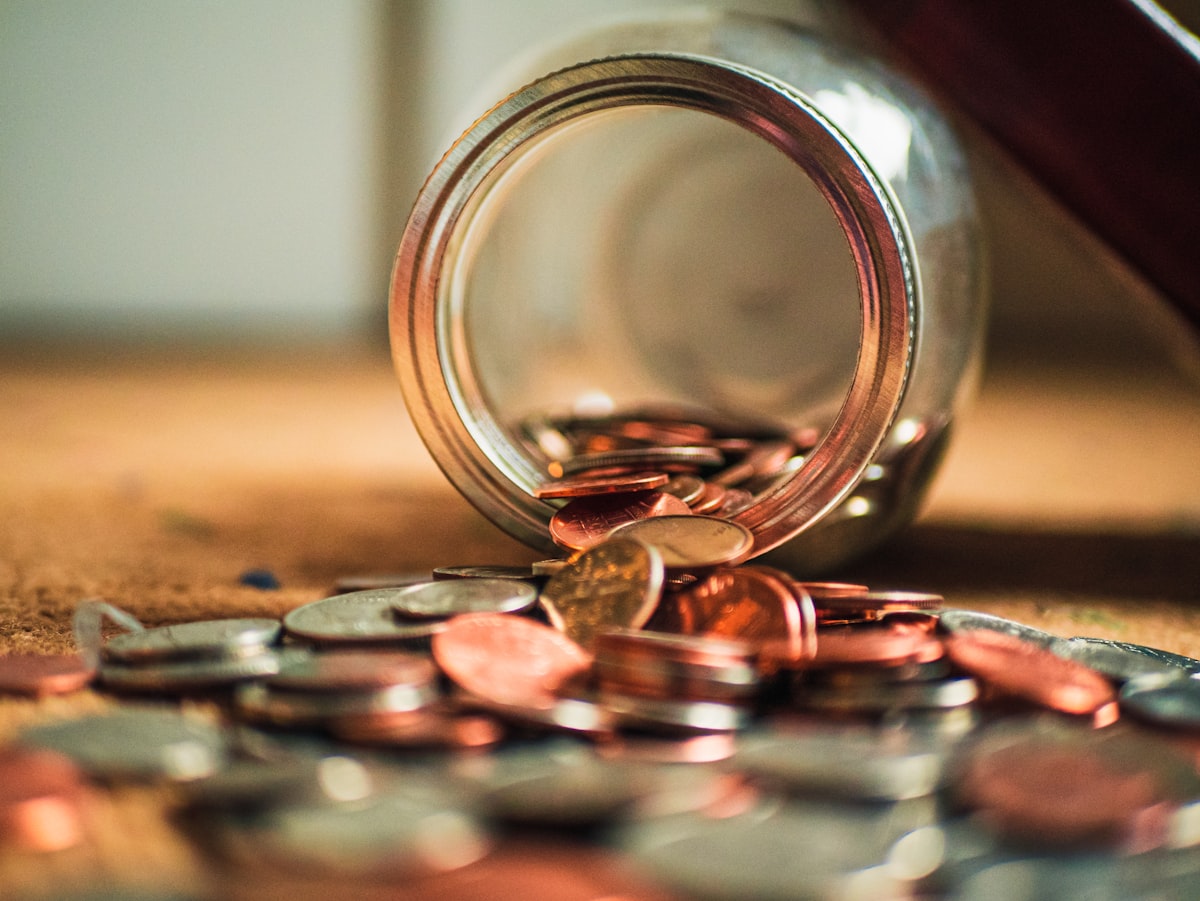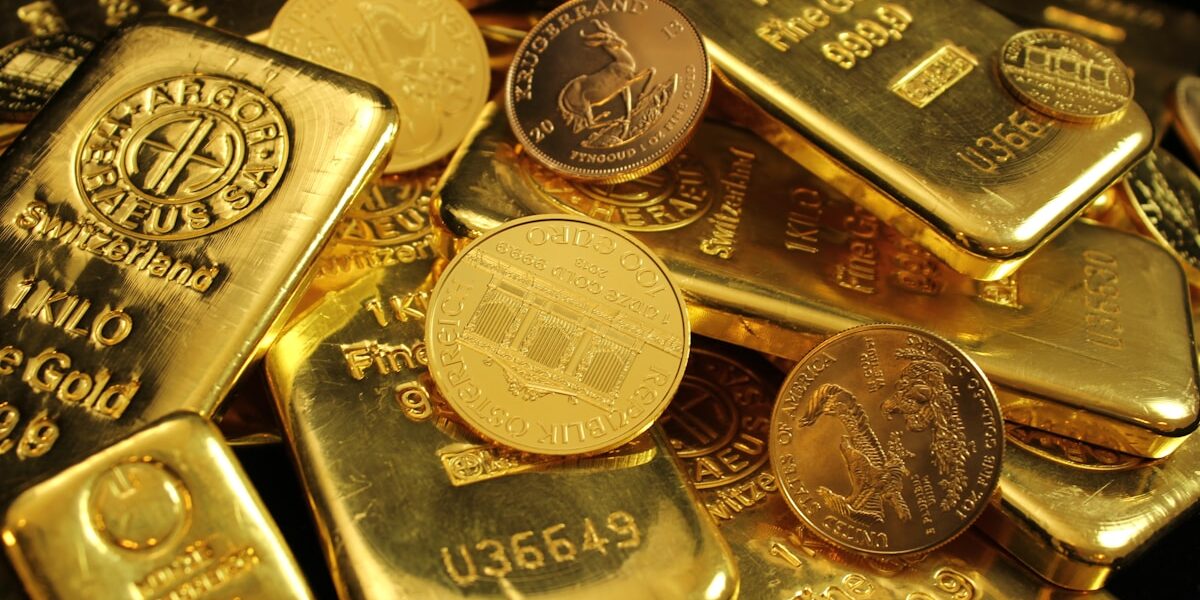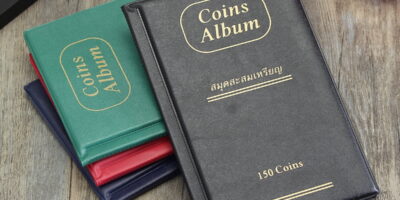Understanding the History of Silver Quarters
Silver has a rich history in the world of coinage, serving as a trusted medium of exchange for centuries. The United States, like many countries, utilized silver in its coinage. The silver quarter, an iconic piece of American currency, has a story that ties into the broader history of minting, economic shifts, and legislative decisions.
The Early Days of the U.S. Quarter

The original quarter, within the framework of American coinage, was authorized by the Coinage Act of 1792. The first quarters made in 1796 were produced from an alloy consisting of 89.24% silver and 10.76% copper. This composition was typical at the time, reflecting the international standards in place.
From their inception, silver quarters were minted to incorporate both durability and aesthetic appeal. The intricate designs showcased the evolving artistic sensibilities of the era and were crafted to endure the wear and tear of daily use. Silver’s luster and endurance made it an ideal choice for high-value coins like the quarter.
Shifts in Silver Composition
The early 20th century saw changes in economic policies and market demands that affected the composition of coins. In 1933, the Roosevelt Administration devalued gold against the dollar, which shifted attention toward silver as an alternative investment and standard for certain international currencies. This renewed interest in silver led to temporary market volatility. However, U.S. coinage continued to use the metal based on its historical standards.
In 1964, in response to a widespread coin shortage and increasing silver prices, the United States made a significant decision. The Coinage Act of 1965 marked a pivotal moment, effectively ceasing the use of silver in quarters, dimes, and halves for general circulation. Quarters produced after this act were composed primarily of copper-nickel clad.
The Coinage Act of 1965
President Lyndon B. Johnson signed the Coinage Act on July 23, 1965. The crux of this legislation focused on eliminating the reliance of coin production on silver. This act mirrored both domestic conditions and international influences in the realm of precious metals.
Prior to this change, U.S. quarters minted from 1932 to 1964 maintained a composition of 90% silver and 10% copper. Their silver content not only determined the coin’s intrinsic worth but also played a psychological role in retaining public confidence in U.S. currency. Once the act was passed, the silver content was removed from dimes and quarters, putting an end to the production of silver quarters for circulation.
Economic Factors Behind the Transition
The mid-1960s saw a rapid escalation in the price of silver. This placed a strain on the mint’s ability to produce adequate quantities of coins for the economy while maintaining cost-effectiveness. It became more expensive to produce coins than their face value warranted, pushing for a change in standards.
The United States’ decision to eliminate silver from circulating currency was not isolated. Many countries during this period streamlined their currency production processes, often turning to less costly and more plentiful metals. Alongside this transition were sociopolitical factors—including the Vietnam War—which influenced fiscal priorities and decisions.
The Legacy of Silver Quarters
The enduring legacy of pre-1965 silver quarters continues to intrigue collectors and historians. Their numismatic value often exceeds the face value, reflective of both their silver content and historical significance. These coins are sought after not just for their metal content but for the stories and cultural artifacts they represent.
Silver quarters hold sentimental value among collectors, reflecting a tangible connection to the past monetary policies and everyday life of prior generations. Enthusiasts continue to search for these coins, often discovering them in circulation due to oversight or lack of awareness.
Silver Quarters in the Modern Market
Today, pre-1965 quarters are considered junk silver, a term indicating coins with no numismatic value beyond their silver content. However, the market for these circulated coins remains vibrant. Investors frequently purchase them as a hedge against inflation, banking on the innate value of silver, which historically maintains its worth over time. These coins serve as a stable investment commodity and a piece of American history.
While the mint no longer produces silver quarters for circulation, special proof sets and commemorative issues still use precious metals to appeal to collectors. Coins with higher silver content are primarily targeted toward numismatists, preserving the tradition of crafting beautiful currency while recognizing their relatively higher production cost and market value.
Global Trends and Comparisons
The pivot away from silver currency in the U.S. mirrored a global trend. Around the same time, countries like Canada and the United Kingdom made similar shifts in their currency production. These changes were largely driven by rising metal prices and a need to economize minting operations.
As international trade dynamics evolved, the accessibility and cost of silver as a base metal for currency became increasingly impractical. Countries opted for alternatives like nickel and steel, balancing durability with economic feasibility. These trends reflect the interconnectedness of global economies and illustrate reactive currency standards to fluctuating commodity markets.
Rediscovering History
For many, the allure of silver quarters lies in the prospect of rediscovering a piece of financial history. The act of sorting through old collections or received change can sometimes yield unexpected treasures—pre-1965 quarters that carry both intrinsic and historical value. This process is not only financially rewarding but also offers a unique educational journey into America’s economic past.
Educational institutions and historic societies often incorporate silver quarters into their programs to teach broader economic concepts. This tactile form of learning reinforces abstract principles through the tangible medium of coinage, captivating learners with the multifaceted narrative of minting.
Technological Advancements in Coinage
From a technical perspective, the shift from silver to copper-nickel clad in the production of quarters brought many advancements. The modern minting process involves cutting-edge techniques that ensure durability, precision, and efficiency. Today’s quarters embody technological sophistication, demonstrating how advancements in materials science and manufacturing have influenced production.
Digital design and laser engraving select intricated patterns that maintain the artistic integrity of coin designs over eras. Despite sourcing materials with lower intrinsic value, the mint achieves the robust circulation demand required by an expanding economy.
Public Perception and Cultural Impact
Public perception of the move away from silver currency has been mixed, reflecting broader attitudes toward changes in tradition and material authenticity. While many appreciate the historical character of silver quarters, most accept modern currency due to its everyday practicality. The blend of tradition and change exemplifies the evolving nature of currency as a cultural artifact.
The imagery on quarters continues to serve as a canvas for cultural expression and national pride. Despite the material shift, the consistent updates to designs reflect contemporary symbols and figures, capturing the spirit of the nation at various points in time.
Research and Resources
Numerous resources assist those interested in learning more about silver quarters and their legacy. Academic papers, museum exhibitions, and books delve into the intricacies of American numismatics. The internet also teems with forums, enthusiast groups, and detailed guides for collectors and investors. Such platforms abound with anecdotal histories and real-world stories that highlight the unique role of silver in the broader narrative of currency development.
The Educational Value of Silver Quarters
Educators and historians recognize silver quarters as powerful teaching tools. In classrooms and museums alike, these coins provide an accessible entry point for discussing economic history, the role of metal resources, and U.S. governmental policy developments. By holding a silver quarter, one tangibly connects with discussions around inflation, commodity market impacts, and the evolution of currency over time.
In this context, the quarter symbolizes shifts in economic paradigms and has a more personal connection to everyday financial transactions and large-scale economic strategies.
Conclusion
The transformation and historical journey of silver quarters reflect an essential aspect of American monetary history. Understanding when and why the mint ceased their production offers insight into the economic forces and policymaking considerations that shape the material world of currency. Silver quarters, both as an investment and as a legacy piece, continue to hold a significant place within the lore of numismatics and economic heritage.
Recommended Collecting Supplies
Coin Collection Book Holder Album – $9.99
312 pockets for coins of all sizes.
20x Magnifier Jewelry Loupe – $13.99
Essential tool for examining coins and stamps.
As an Amazon Associate, we earn from qualifying purchases.




Subscribe for Updates
Get the latest articles delivered to your inbox.
We respect your privacy. Unsubscribe anytime.